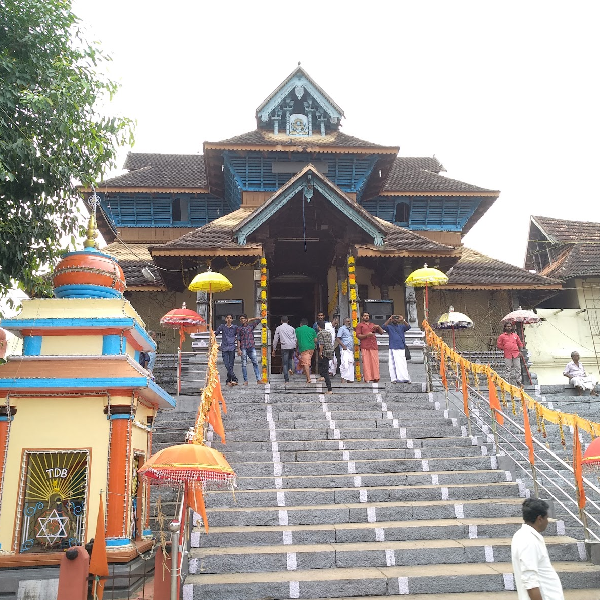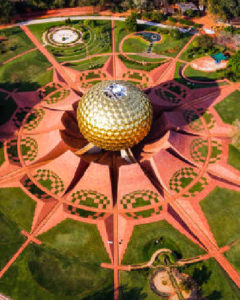- Home
- About us
- Destination
-
-
- Goa
Telangana

Andra Pradesh

- Tour Packages
- Car Rental
- Contact
Ambalapuzha Sri Krishna Temple
Ambalapuzha Sri Krishna Temple From Alleppey district

- Temple History
The Ambalapuzha Temple, located in the Alleppey district, is dedicated to Lord Sri Krishna and is renowned for its rich history and architecture. It has a significant connection to the Guruvayoor Temple, as the idol of Sri Krishna was moved here for safekeeping during Tipu Sultan’s raid in 1789. Considered one of the seven greatest Vaishnava temples in Travancore, the temple features vibrant paintings adorning the inner walls of the Chuttambalam and is known as the birthplace of the traditional art form Ottanthullal. The temple’s festivals, including the Ambalapuzha Temple Festival and the Champakulam Moolam water festival, attract many devotees, while the Pallipana ritual occurs once every twelve years.
According to legend, Lord Krishna once disguised himself as a sage and challenged the king of Ambalapuzha to a game of chess, a game the king eagerly accepted due to his passion for it. Before the match, the sage requested a seemingly modest prize of just a few grains of rice, asking for the amount to double with each square of the chessboard—one grain on the first square, two on the second, four on the third, and so on. When the king lost, he was astounded to find that the total amount of rice required reached millions, quickly exhausting the royal granary.
- Specialty
The Ambalapuzha Sri Krishna Temple has a deep historical connection to the Guruvayoor Temple, as the idol of Lord Krishna was temporarily housed here during Tipu Sultan’s raid in 1789. Renowned for its daily offering of Pal Payasam, a delicious sweet pudding, the temple is said to be frequented by Guruvayoorappan, who is believed to visit daily to enjoy this treat
- Festivals
The Ambalapuzha Temple Festival, also known as the Champakulam Moolam water festival, is the main celebration at the temple, believed to have originated in the 15th century under the Travancore ruler of the Chembakasserry Devanarayana Dynasty. This vibrant festival is celebrated annually on the Moolam day of the Mithunam month. Another significant event is the Arattu Festival, which occurs in the Meenam month (March or April) and is held once every twelve years, beginning with a flag hoisting during the Atham star; it features the Pallipana ritual performed by the Velans, known as sorcerers, on Thiruvonam day. Additionally, the Vijayabali festival is a rare event celebrated every 144 years, with the last occurrence in 1955, marking it as a unique and historic occasion for devotees.
- Timings
- 3 AM to 12 PM. 5 PM to 8 PM.
- Pathways
- Ambalapuzha Railway Station is the nearest railway station to Sri Krishna Temple Ambalapuzha which is situated at a distance of just 1 Km. On reaching the railway station, one can hire a cab, an auto rickshaw or a bus to reach the temple.
- Ambalapuzha Bus Station is the nearest bus station to Sri Krishna Temple Ambalapuzha which is situated at a distance of just 1.8 Km. From there, one can hire a cab, an auto rickshaw or a bus to reach the temple.
- The nearest airport to Sri Krishna Temple Ambalapuzha is Cochin International Airport, located 97.3 km away, with accessible taxi and bus services for easy transportation.




